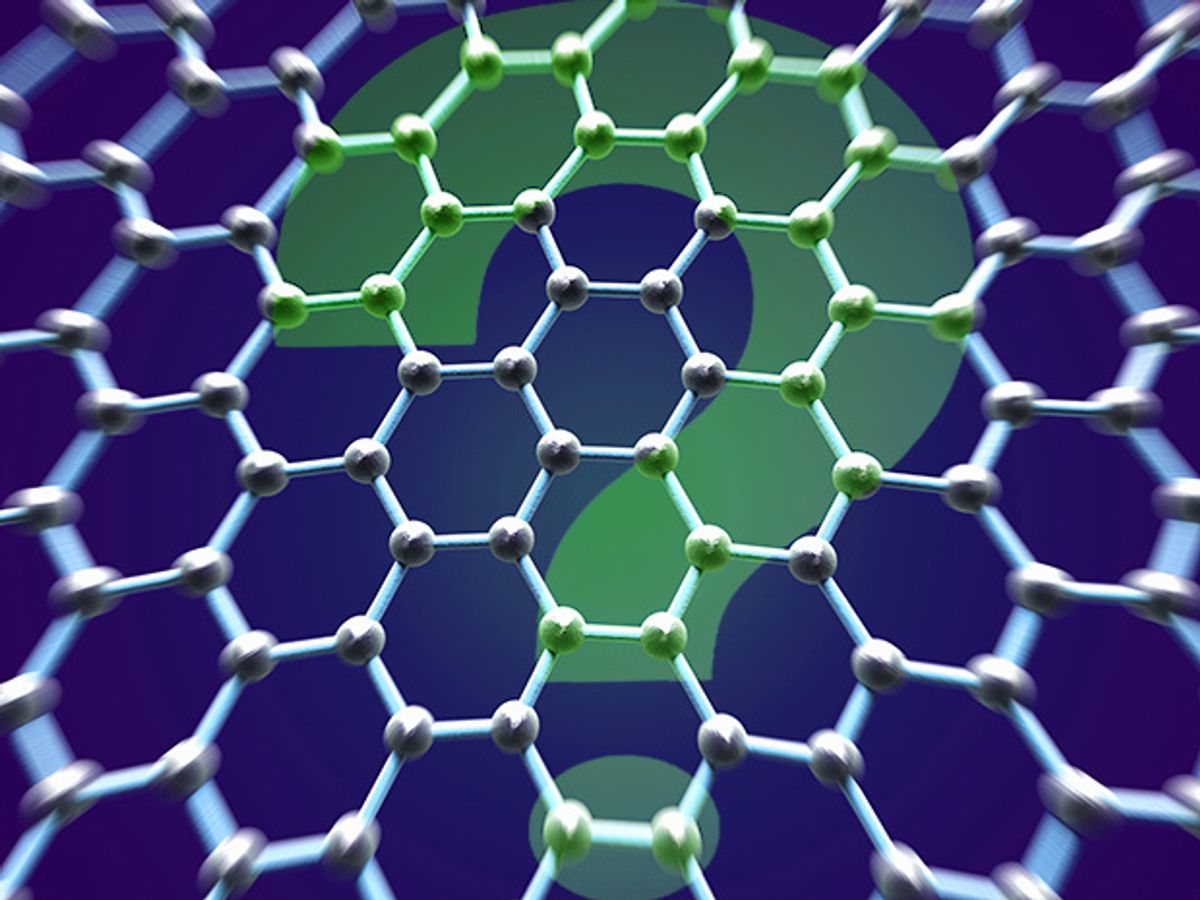The grace period for the eventual commercial success of a nanomaterial, it would seem, is limited. There’s been an abundance of hand wringing in the last few years over the fact that carbon nanotubes have offered us little more to date than advanced composites. Now we are beginning to see that same frustration play out with graphene, to the point where Nature News has published an article questioning whether graphene’s killer app is ever going to come.
It would seem that ten years is the length of time the public expects for a material to go from its first synthesis in the lab to having a huge commercial impact. That was the case for giant magnetoresistance (GMR). That effect was first produced in the lab in 1988 and made it into commercial hard disk drives by 1997.
In this somewhat unfair comparison, it must be understood that GMR-based hard drives did not need to completely uproot an entire industry to succeed. For graphene, a main target has been silicon CMOS, an entrenched technology if ever there was one. But silicon CMOS will not take us into the future indefinitely. You need no more confirmation of this than the money that is being invested by the tech giants to find a replacement.
We have passed the decade mark since graphene was first synthesized and the public is getting restless, especially about what its commercial potential actually is and how to make profitable investments in the technology.
During this past decade, we have seen the first flushes of excitement about graphene occur in electronics, where it seemed to offer a way around the problems with carbon nanotubes of getting them where you wanted and interconnecting them. But that excitement needed to be tempered with the vexing issue of graphene lacking a band gap. While a band gap has been successfully engineered into graphene, it doesn’t appear that digital logic applications are the path of least resistance for the material.
Articles like the one in Nature make all the valid points about graphene production outstripping demand, something we also saw befall carbon nanotubes. However, maybe we need not look any further for a killer app, because of the likelihood that silicon’s days are numbered. In the meantime, we seem to be finding critical applications for graphene, and other nanomaterials, that we didn’t initially consider, such as water purification membranes, energy storage, and energy generation applications.
Dexter Johnson is a contributing editor at IEEE Spectrum, with a focus on nanotechnology.



